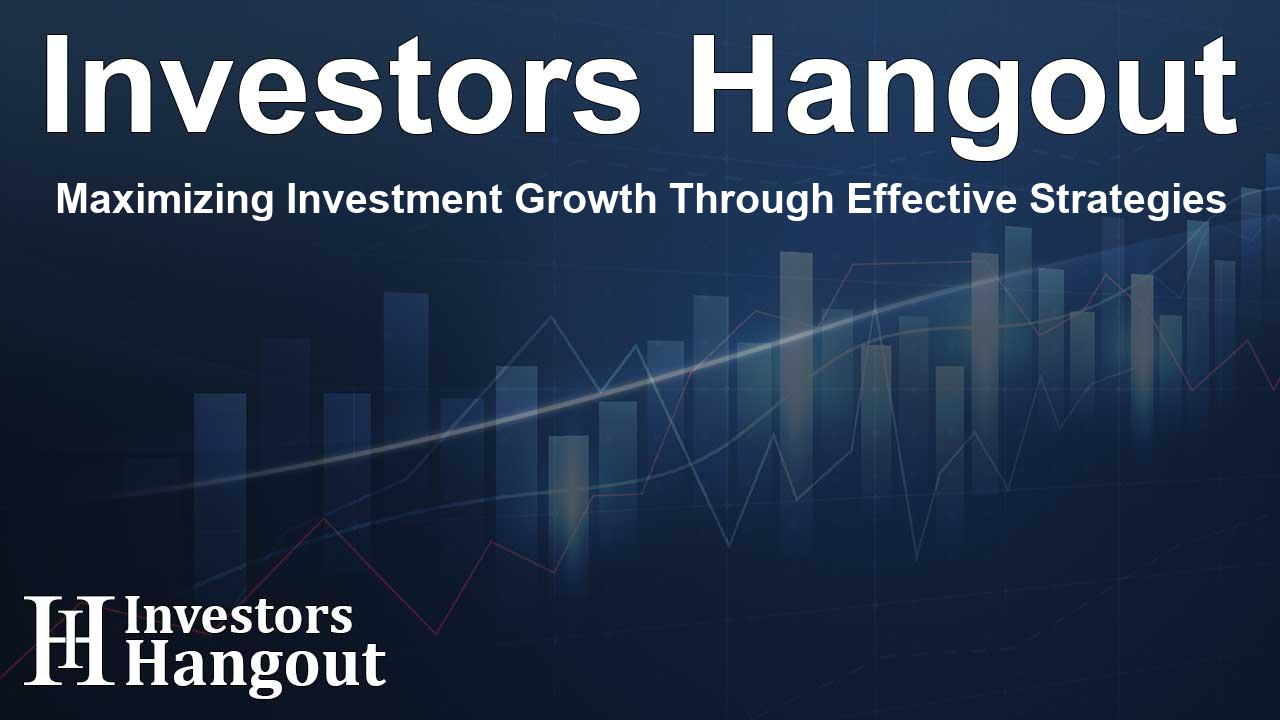Maximizing Investment Growth Through Effective Strategies

Understanding Investment Strategies for the Future
As we look toward 2025, the excitement among investors is palpable, largely due to the notable market returns witnessed in recent years. It's important to remember, however, that while returns have been promising, they have often been accompanied by average volatility, which calls for cautious optimism.
Analysts anticipate that 2025 may continue this upward trend, but there exists a potential for unexpected events to disrupt earnings forecasts. The term “unexpected” plays a vital role here, as unforeseen circumstances can quickly alter market dynamics. This phenomenon is often encapsulated in the saying that markets consistently “climb a wall of worry,” where they incorporate various concerns—be it geopolitical tensions, monetary policies, or economic fluctuations. However, once an unpredicted event occurs, markets can swiftly adjust.
Authors have highlighted critical insights into investor behavior. As discussed in recent analyses, there is extensive research on the pitfalls of investor confidence. Many investors exhibit overconfidence in their ability to outsmart the markets, leading to excessive trading—even amidst losses—overleveraging their positions, and a lack of diversification.
The Importance of Cautious Investing
Failures in managing investment risk are often the most significant mistakes for long-term investors. While many excel at purchasing stocks, selling effectively remains a challenge. Media narratives predominantly promote buying, which misguides investors into holding onto stocks until they endure substantial losses, embodying the “buy high, sell low” mentality.
Reflecting on the gardening analogy used in investment strategies, investors need to treat their portfolios much like a garden. In this setting, one needs to prepare for seasons ahead by carefully planning sowing and harvesting timelines. Just as a gardener tends to their plants diligently, so must an investor manage their portfolio continuously, nurturing and pruning as necessary.
Essential Strategies for a Thriving Portfolio
For successful investments, consider these essential strategies:
- Prepare Your Strategy - Establish a comprehensive plan to diversify your assets effectively.
- Invest According to Market Trends - Align your investment choices with the current economic climate.
- Consistent Contributions - Regularly add capital to your portfolio to take advantage of buying opportunities.
- Remove Underperformers - Continuously assess and sell stocks that are failing to deliver.
- Cash Management - Maintain liquid assets for unforeseen investment opportunities.
- Reassess Regularly - As circumstances change, so should your investment strategy.
Recognizing and responding to different market conditions is crucial. The current market signals are indicating that we may be transitioning into a more cautious phase, marking the end of this favorable season.
Preparing Your Portfolio for 2025
To ready your portfolio for potential shifts in 2025, it’s essential to start with a thorough review of your current investments.
Step 1: Portfolio Evaluation
- Adjust stop-loss orders to align with current support levels.
- Implement hedges to protect against market downturns.
- Take profits from successful positions to secure gains.
- Eliminate stocks that are underperforming.
- Build up cash reserves and ensure your portfolio aligns with investment goals.
It's noteworthy that the strategy here does not involve an all-or-nothing approach. Engaging in markets necessitates a balanced, strategic viewpoint, avoiding drastic measures that can lead to poor long-term outcomes.
The following step centers on ensuring your portfolio is structured optimally to thrive, especially during difficult market periods.
Step 2: Analyze Portfolio Composition
- Identify sectors needing attention or adjustments.
- Calculate necessary share purchases to achieve target allocations.
- Ensure you have adequate cash for prospective buys.
- Reassess your entire portfolio, maintaining appropriate cash levels.
- Set entry prices for new investments.
- Regularly review stop-loss and profit-taking strategies for each asset.
In investment strategies, a general principle should always guide decisions: knowing your exit strategy is vital both for selling when the market shifts and taking advantage of favorable movements.
After crafting a detailed plan, you're set to act on investment opportunities that align with both market situations and your financial goals.
The Advantages of Proactive Portfolio Management
Implementing these tactics provides two significant advantages depending on market developments in the upcoming year:
- In case of a market correction, these strategies safeguard your capital and clear out any weak positions.
- If the market advances, you are poised to capitalize on new opportunities while maintaining stability in your holdings.
With various potential scenarios on the table, the upcoming monetary policies and growth trajectories will undoubtedly influence market outcomes. Historical analysis provides insight, creating a framework for understanding possible futures.
“Engagement in assessing different outlooks helps investors navigate uncertainties effectively.”
While it's impossible to predict market movements with precision, managing investment risk remains crucial to achieving favorable long-term outcomes.
Conclusion
Managing your portfolio is not an overwhelming task. By following a strategic approach akin to gardening, investors can foster a resilient financial future. Just as a farmer patiently nurtures crops, so too must investors make timely decisions about investment opportunities and risks. Initial efforts may not yield immediate rewards, but long-term strategies aimed at managing risks will ensure a flourishing portfolio as you approach retirement.
Ultimately, preparation is key. While reflecting on the necessity of risk management, investors will find their portfolios more fortified against impending challenges.
Frequently Asked Questions
What are the main themes of the article?
The article emphasizes the importance of managing investment risks and highlights strategies for preparing portfolios for potential market fluctuations in 2025.
How does the gardening analogy relate to investing?
The gardening analogy is used to illustrate the need for careful planning, nurturing, and timely action in managing an investment portfolio much like tending to a garden.
What steps should investors take for their portfolio in 2025?
Investors should evaluate their current holdings, tighten stop-loss levels, hedge against downturns, and adjust allocations based on market conditions.
Why is it important to monitor market cycles?
Understanding market cycles helps investors make informed decisions, allowing for strategic asset allocation to weather potential downturns.
What are the potential benefits of proactive portfolio management?
Proactive management can protect capital during market corrections and position portfolios for gains during rallies, ultimately enhancing long-term performance.
About The Author
Contact Caleb Price privately here. Or send an email with ATTN: Caleb Price as the subject to contact@investorshangout.com.
About Investors Hangout
Investors Hangout is a leading online stock forum for financial discussion and learning, offering a wide range of free tools and resources. It draws in traders of all levels, who exchange market knowledge, investigate trading tactics, and keep an eye on industry developments in real time. Featuring financial articles, stock message boards, quotes, charts, company profiles, and live news updates. Through cooperative learning and a wealth of informational resources, it helps users from novices creating their first portfolios to experts honing their techniques. Join Investors Hangout today: https://investorshangout.com/
The content of this article is based on factual, publicly available information and does not represent legal, financial, or investment advice. Investors Hangout does not offer financial advice, and the author is not a licensed financial advisor. Consult a qualified advisor before making any financial or investment decisions based on this article. This article should not be considered advice to purchase, sell, or hold any securities or other investments. If any of the material provided here is inaccurate, please contact us for corrections.
